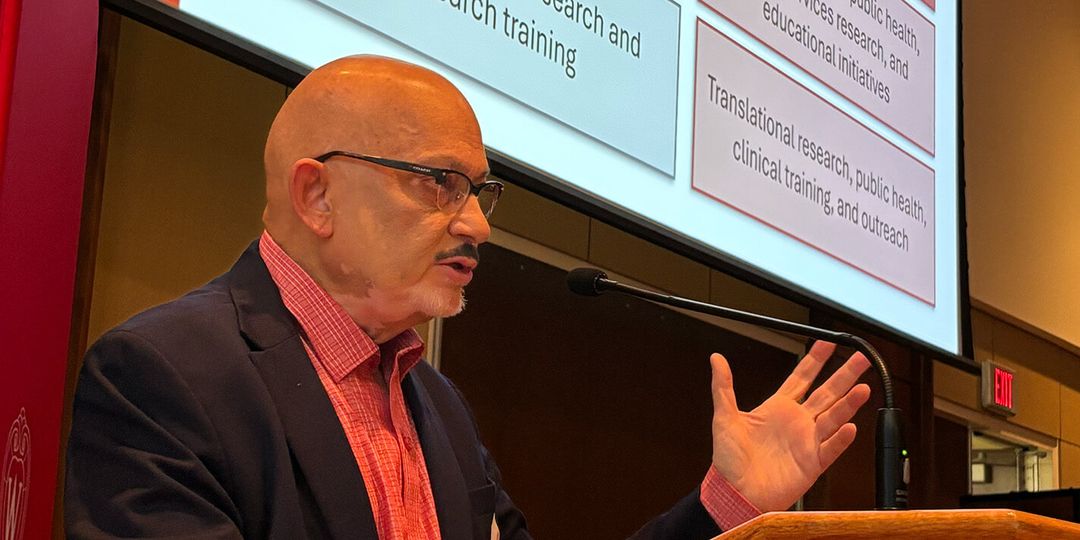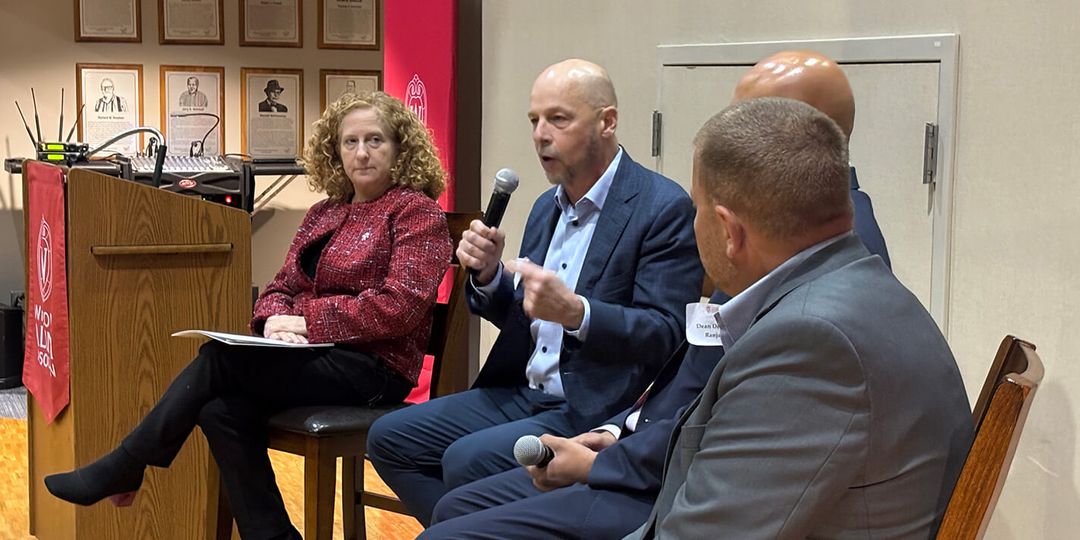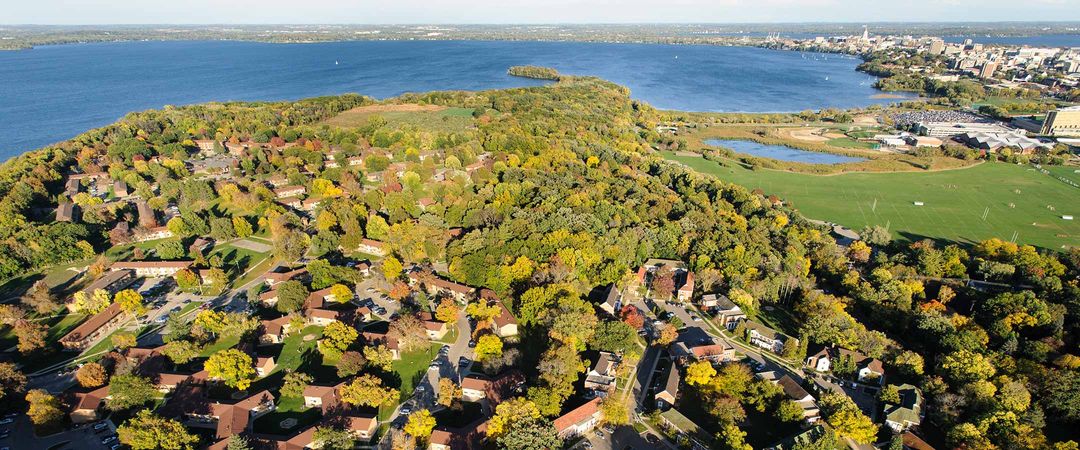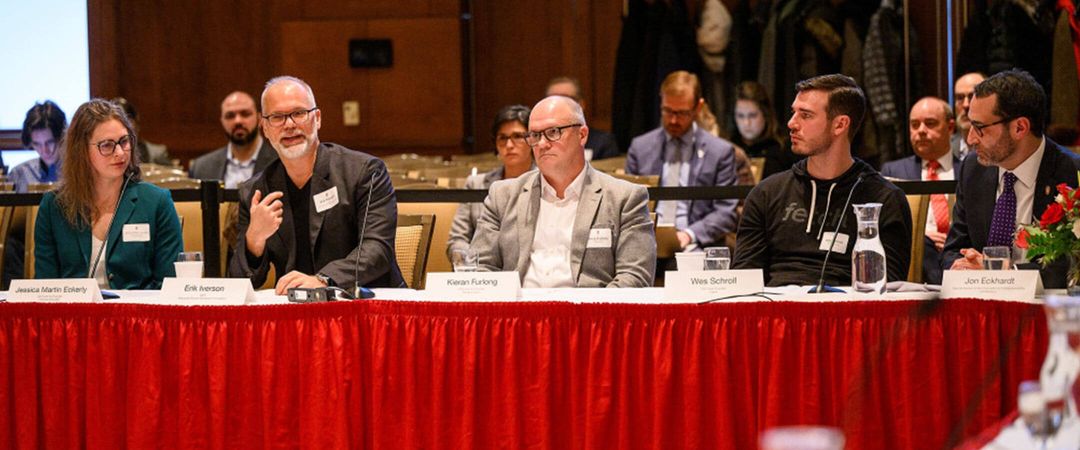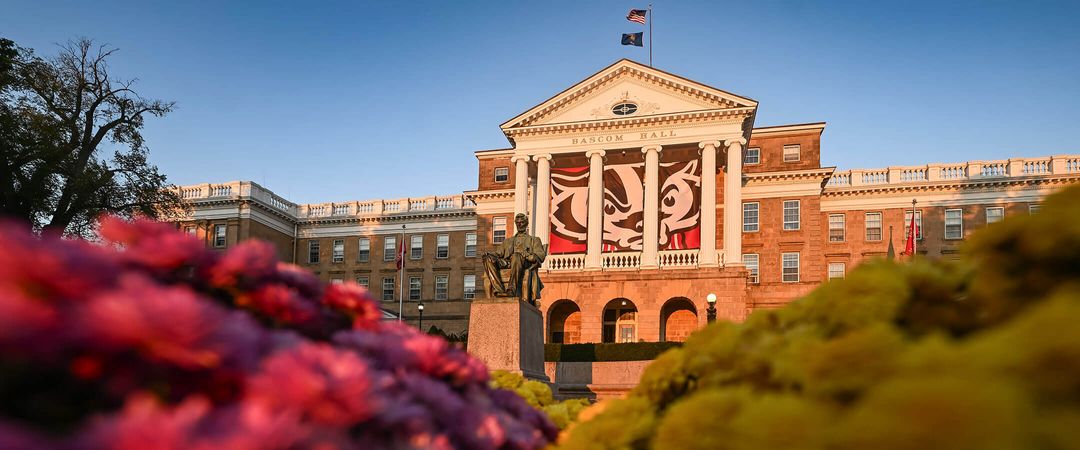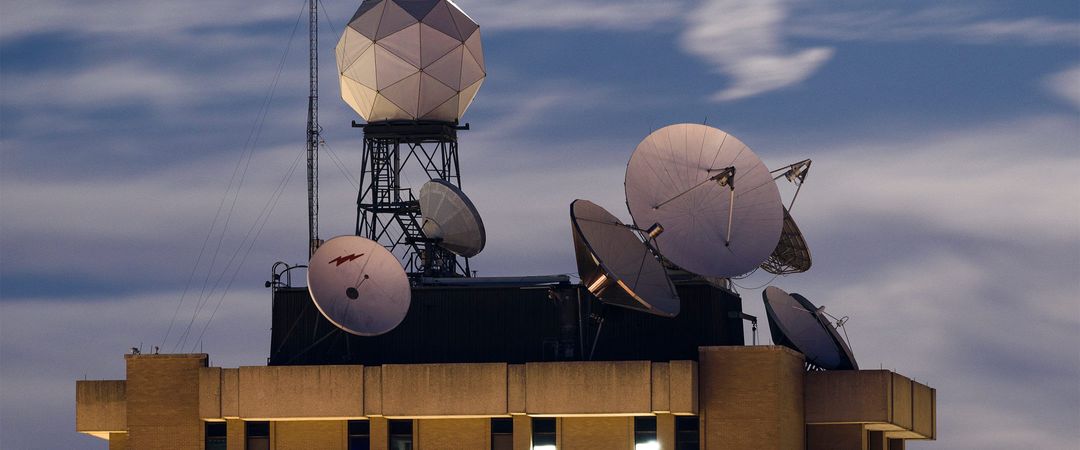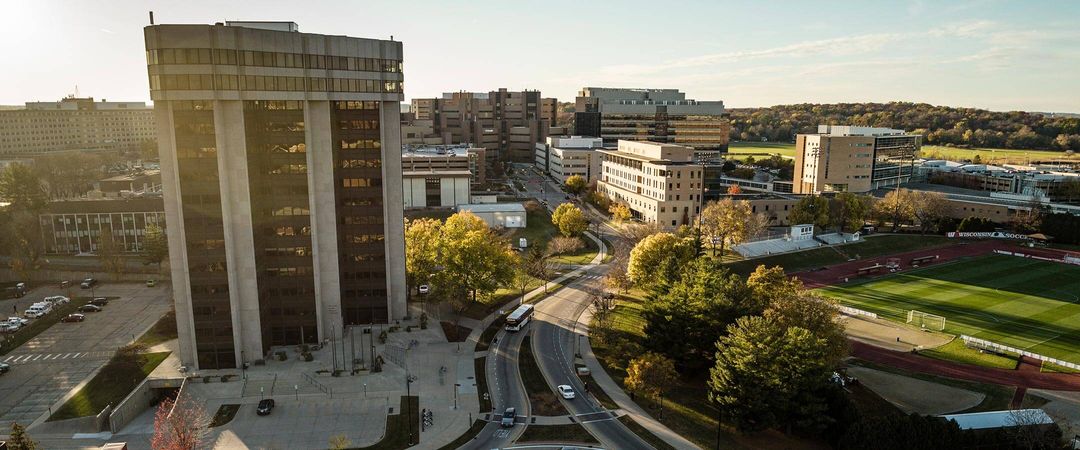The University of Wisconsin–Madison has reached record-high enrollment, with 52,126 students enrolling in 2024. While that’s good news for the number of educated Badgers entering the workforce, it creates challenges for housing. Enrollment jumped significantly in 2021, highlighting an urgent need for policies to support students and the wider community.
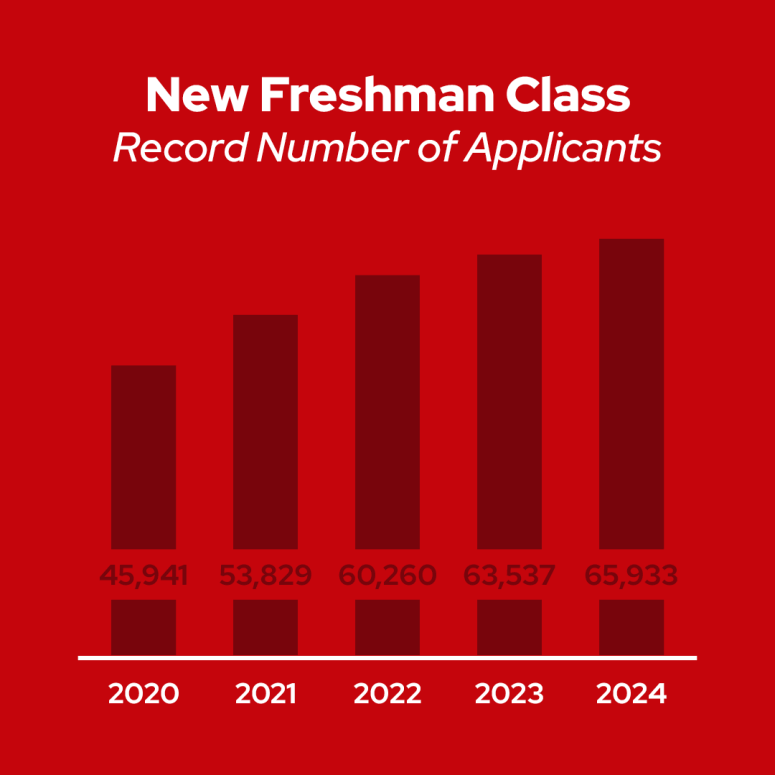
UW–Madison last opened a residence hall, Leopold, more than a decade ago in 2013, and a combination of challenges has stymied plans for new on-campus housing options. The COVID-19 pandemic, high inflation, supply chain issues, and rising interest rates have driven construction costs to new highs. Planning for new on-campus housing remains a lengthy process, often taking five to seven years and requiring legislative approval.
“Seven years is a long time to wait for a new hall when we’re talking about [our] current situation,” said Jeff Novak, associate vice chancellor of University Housing, to the Wisconsin State Journal. “We are trying to move this process forward as quickly as possible.”
Although students are not required to live in residence halls, on-campus housing represents the most affordable option for students living in the 41st most expensive large city in the U.S. The average monthly rent for a bed in an on-campus, double-occupancy unit is $869, compared to Madison’s median rent of $1,572. The U.S. Census Bureau projects that Madison’s population will increase by 115,000 from 2020 to 2050, raising concerns about whether the housing supply can keep pace with this growth. In response, seven new off-campus apartment projects are expected to be completed in the next two years. However, the high rent of these developments has prompted the university to act.
To address the housing crunch, the university is converting double rooms into triples and repurposing study lounges for student accommodations. Additionally, it offers financial incentives to make on-campus housing a more attractive option for students, knowing those efforts alone won’t be enough. Leaders are planning to ask for approval of a new residence hall in the 2025–27 state budget.
“We want to house those that want to live with us,” Novak told the Daily Cardinal. “You can't expand enrollment without at least being able to find first-year students a space to live.”
Addressing the gaps in the student housing market is essential, not only for the growth and accessibility of UW–Madison, but also for ensuring that the university remains a competitive choice for future generations of students.
